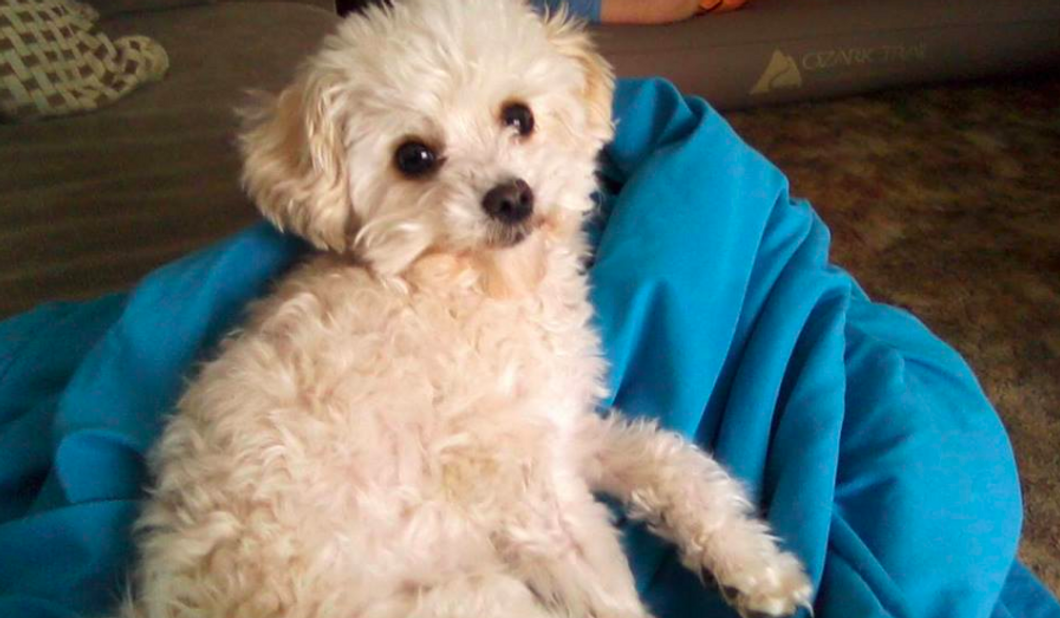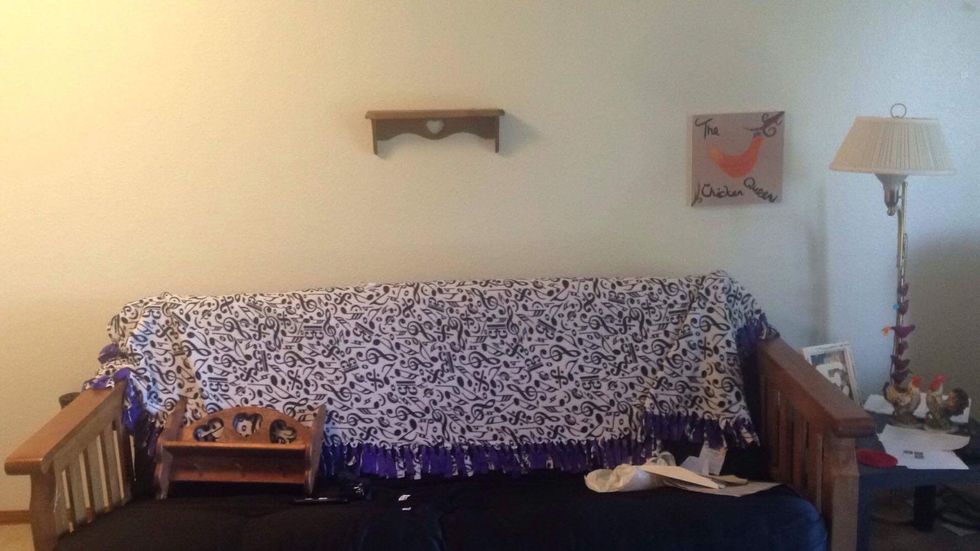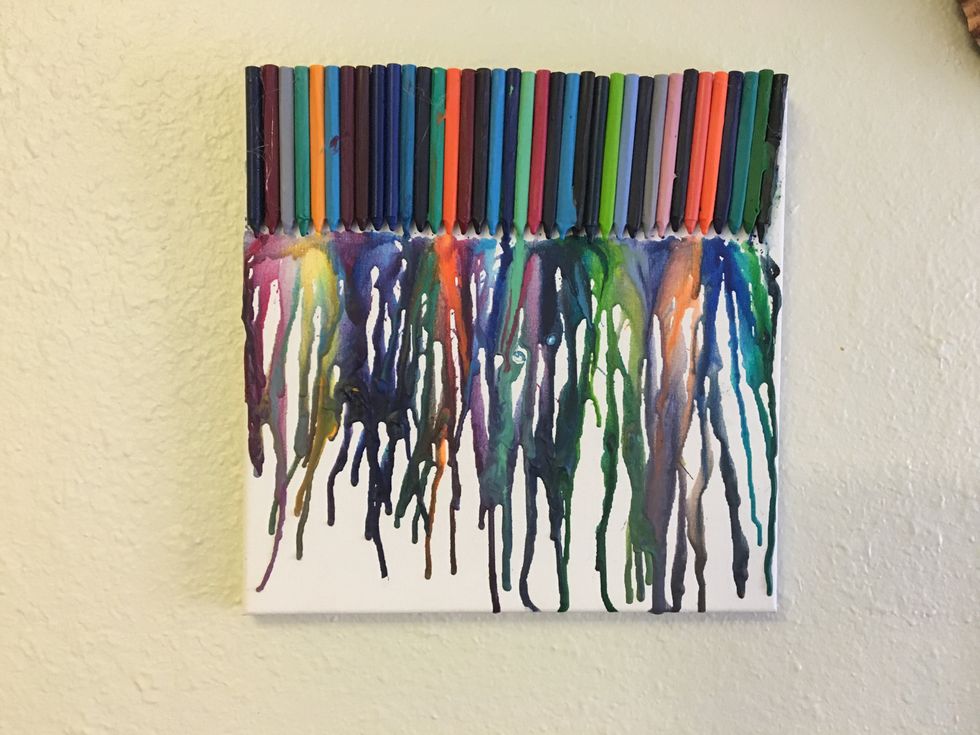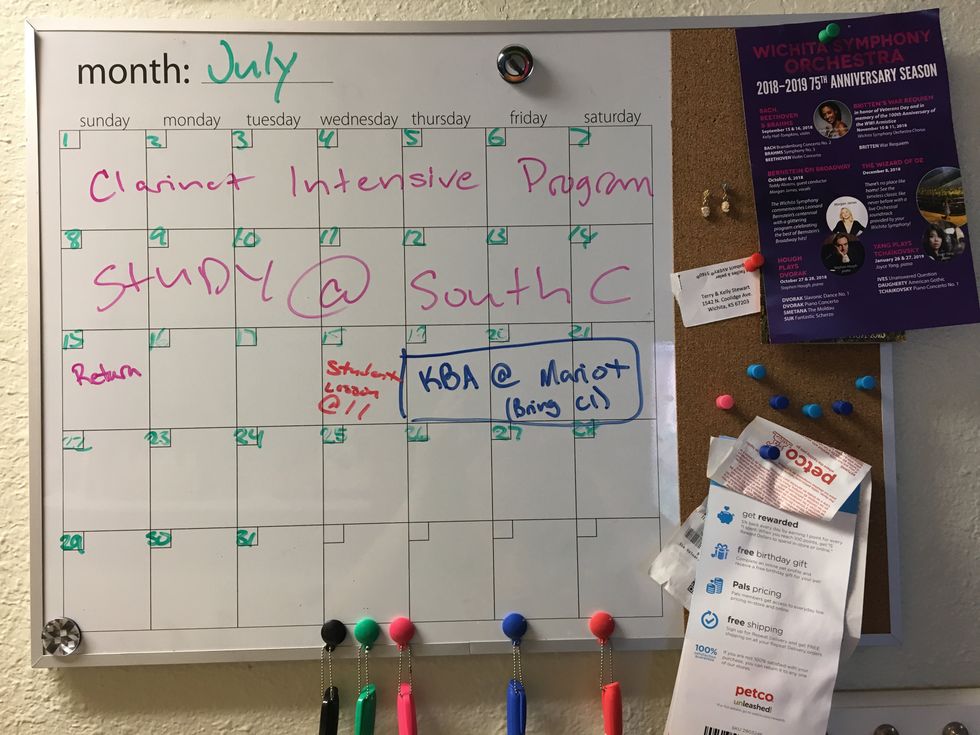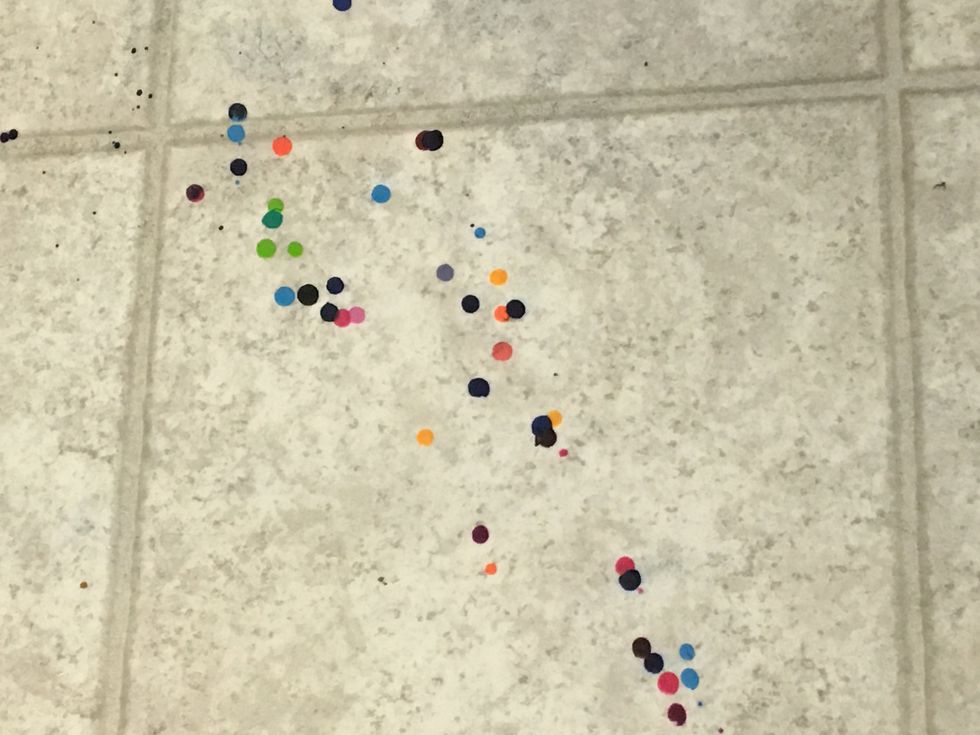Seeds, Eggshells, and Transplanting - What to Know
How to easily transplant from indoors to your garden with eggshells
Seeds are sturdy capsules filled with life waiting to burst forth. It's the miracle of life that attracts us to gardening. Once the plant escapes the protective casing to reach for sunlight and moisture, however, the plant is extremely vulnerable. Seasoned gardeners know the most sensitive time of growth is when a seed becomes a seedling – a small, fragile plant that is susceptible to the elements. Cold spells, heat waves, heavy rain, and hungry pests can make quick work of unprotected seedling. That's why nursing indoors is a common practice in gardening. It provides a safe, manageable environment for the seedling to mature into stronger young plants. Nursing indoors is also used to start the growing season earlier!
Seeds will have no problem sprouting indoors when they are given the basics (nutrient-rich soil, water, and sunlight). The bigger challenge can come when it's time to move them into the garden. If done carelessly, the seedlings can go into shock and die. Avid gardeners like Theresa Traficante, owner of Garden in Minutes, use paper egg crates and egg shells to improve the transfer process from indoors to outdoors.
Paper Egg Crates & Egg Shells - Soil, Hole, Seed, & Cover
Paper egg crates and egg shells are recyclable, organic, and decompose, making them the preferred method of transplanting. Moving a young plant is stressful on it, but this method minimizes the shock because we don't have to remove it from its original home.
To start, it's as simple as filling each egg crate "pod", or eggshell, with seed starter soil mix (found at your local gardening store). Then, use a pencil to make a divot and place the seed inside. Cover it up, and moisten the soil.
Transplant Time
Once the seedling has sprouted and grown a bit, we can place them in the garden. Make a hole in your garden soil that's big enough for the egg shell or paper egg crate pod. Note: Don't put a whole egg carton in the soil. Tear the pods from one another to ensure proper spacing. Tear the bottom of the crate pod just a bit, or crack the bottom of your egg shell, and place it in the hole. Ensure that you really break up the crate and egg shell to promote strong growth. The final step is to make your seedling comfortable by placing some soil around it without tamping down too hard. Plants like looser soil.
Water Gently and Often
The plants have been successfully transplanted! The last step in the process is to water gently and often. Professionals like irrigation systems that water directly at the base of the plant so maximum moisture is retained. Pro-tip: Place your finger at least 2 inches into the soil and feel for moisture. If it's dry within the top 2 inches of soil, it's time to water.
There's a number of ways you can start your seeds and you can choose the one that works best for you. Utilizing paper egg crates and shells is a preferred method because it can decompose right in your garden! The most important aspect is protecting your seedlings and ensuring they have the best opportunity to succeed.

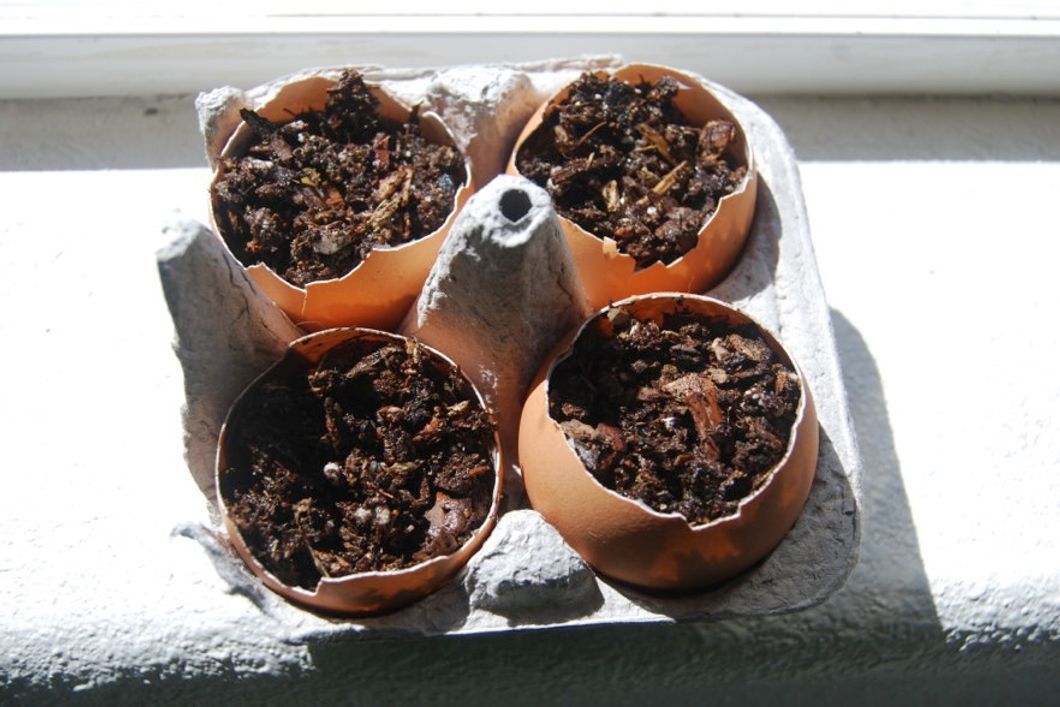




 Maggie Joyce
Maggie Joyce